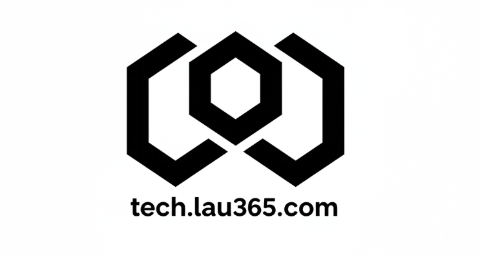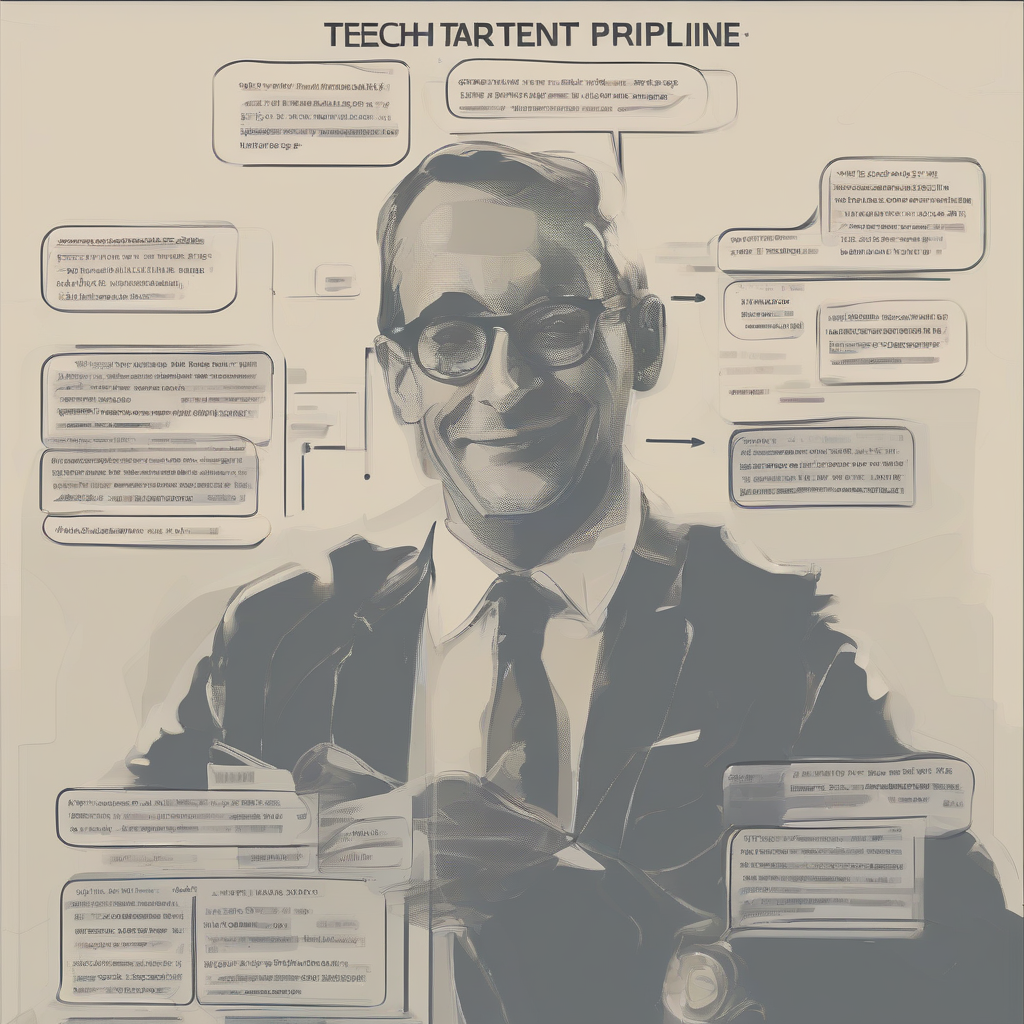Building a Robust Tech Talent Pipeline: Strategies for Success in a Competitive Market
The tech industry’s relentless growth fuels a constant demand for skilled professionals. Securing and retaining top tech talent is no longer a luxury; it’s a necessity for survival and thriving in this competitive landscape. Building a robust tech talent pipeline is crucial, encompassing a multifaceted approach that addresses recruitment, training, retention, and fostering a positive work environment.
Understanding the Challenges of the Tech Talent Pipeline
- Skills Gap: The rapid evolution of technology creates a significant skills gap, with a shortage of professionals possessing the latest in-demand skills like AI/ML, cybersecurity, and cloud computing.
- Competition: Tech companies, both large and small, fiercely compete for a limited pool of highly skilled individuals, driving up salaries and benefits packages.
- Diversity and Inclusion: Lack of diversity in the tech workforce hinders innovation and limits the pool of potential talent. Addressing bias in recruitment and fostering an inclusive environment is critical.
- Retention Challenges: High employee turnover is a significant concern, with talented professionals often lured away by competing offers or seeking better work-life balance.
- Geographic Limitations: Talent concentration in specific geographic areas creates challenges for companies located elsewhere, making it difficult to attract and retain top talent.
Strategies for Building a Robust Tech Talent Pipeline
1. Early Engagement and Education:
- K-12 STEM Education Initiatives: Partnering with schools and educational institutions to promote STEM (Science, Technology, Engineering, and Mathematics) education from an early age. This involves sponsoring programs, providing resources, and mentoring students.
- Coding Bootcamps and Online Courses: Supporting and collaborating with coding bootcamps and online learning platforms to provide accessible and affordable training opportunities for aspiring tech professionals.
- University Partnerships: Developing strong relationships with universities to recruit graduates, offer internships, and conduct research collaborations.
- Mentorship Programs: Connecting experienced professionals with students and junior developers to provide guidance, support, and career development opportunities.
2. Effective Recruitment Strategies:
- Targeted Recruitment Campaigns: Using data-driven insights to identify and target potential candidates with specific skills and experience. This includes leveraging social media, professional networking platforms, and niche job boards.
- Employer Branding: Building a strong employer brand that attracts top talent. This involves showcasing company culture, values, and employee benefits to differentiate from competitors.
- Diversity and Inclusion Initiatives: Implementing proactive measures to attract and retain diverse talent, including blind resume screening, inclusive interview processes, and employee resource groups.
- Referral Programs: Encouraging employees to refer qualified candidates, offering incentives for successful referrals.
- Hackathons and Coding Competitions: Organizing or participating in hackathons and coding competitions to identify and attract highly skilled individuals.
3. Comprehensive Training and Development:
- On-the-Job Training: Providing ongoing training and mentorship opportunities for employees to develop their skills and advance their careers.
- Professional Development Programs: Offering tuition reimbursement, conferences, workshops, and online courses to support employees’ professional growth.
- Internal Mobility Programs: Creating opportunities for employees to move into different roles within the company, based on their skills and interests.
- Skills Gap Analysis: Regularly assessing employees’ skills and identifying areas where additional training is needed.
4. Employee Retention Strategies:
- Competitive Compensation and Benefits: Offering competitive salaries, comprehensive health insurance, retirement plans, and other benefits to attract and retain top talent.
- Work-Life Balance Initiatives: Promoting a healthy work-life balance through flexible work arrangements, generous vacation time, and employee wellness programs.
- Career Development Opportunities: Providing clear career paths, mentorship programs, and opportunities for advancement to keep employees engaged and motivated.
- Recognition and Rewards: Recognizing and rewarding employees for their contributions, fostering a culture of appreciation and engagement.
- Positive Work Environment: Creating a positive and inclusive work environment where employees feel valued, respected, and supported.
5. Leveraging Technology and Data:
- Applicant Tracking Systems (ATS): Utilizing ATS to streamline the recruitment process, track applicants, and manage candidate data.
- Data Analytics: Using data analytics to identify trends in recruitment, retention, and employee performance, informing strategic decision-making.
- AI-powered Recruitment Tools: Exploring AI-powered tools to automate tasks such as resume screening and candidate matching.
- Learning Management Systems (LMS): Implementing LMS to manage and track employee training and development programs.
6. Building Strong Community Relationships:
- Industry Partnerships: Collaborating with other companies and organizations in the tech industry to share best practices and resources.
- Community Outreach Programs: Engaging with local communities to promote STEM education and attract diverse talent.
- Networking Events: Participating in and hosting networking events to connect with potential candidates and build relationships with industry professionals.
7. Continuous Improvement and Monitoring:
- Regular Evaluation: Regularly evaluating the effectiveness of the tech talent pipeline strategies and making adjustments as needed.
- Feedback Mechanisms: Establishing feedback mechanisms to gather input from employees, candidates, and other stakeholders.
- Data-Driven Decision Making: Using data to inform decisions related to recruitment, training, and retention.
Building a robust tech talent pipeline is an ongoing process that requires continuous effort and investment. By implementing these strategies, companies can attract, develop, and retain the skilled professionals needed to thrive in the competitive tech landscape. The key is to embrace a holistic approach that addresses the challenges at every stage, from early education to employee retention, fostering a culture of continuous improvement and innovation.

